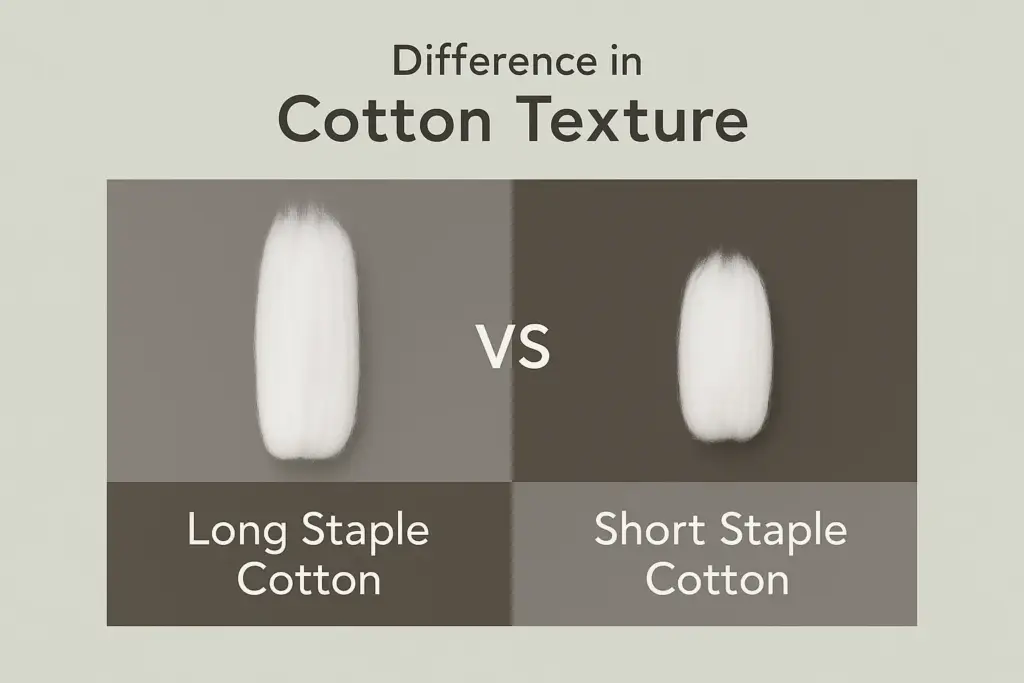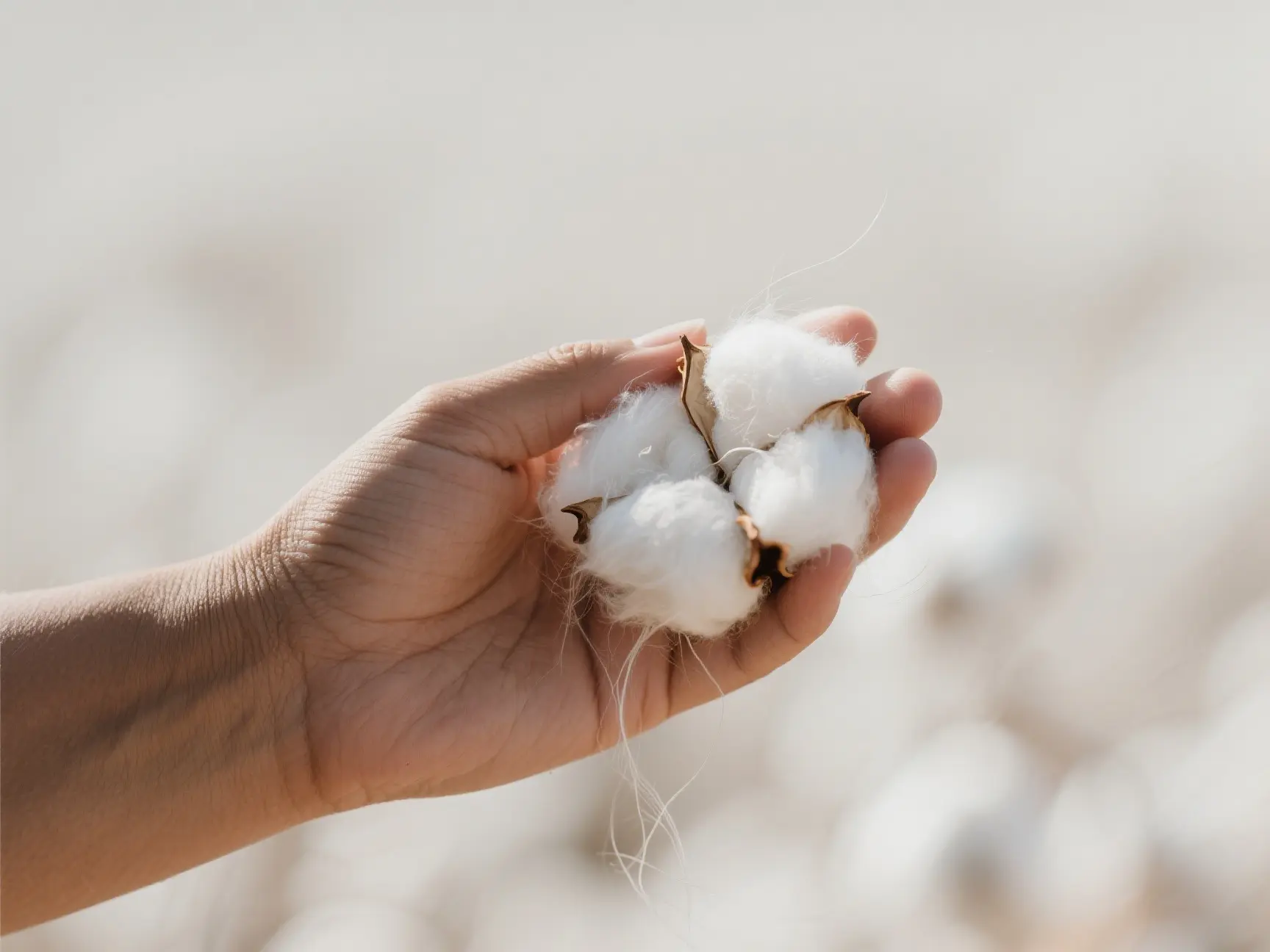Long staple cotton refers to varieties of cotton that produce longer fibers, typically over 1.125 inches (about 2.8 cm) in length. Compared to short or medium staple cotton, these longer fibers create smoother, stronger, and more durable yarns, resulting in superior fabric quality. Common types include Egyptian cotton, Pima cotton (also known as Supima® in the U.S.), and Sea Island cotton.
Key Characteristics of Long Staple Cotton
Long staple cotton fibers are more uniform, resistant to fraying, and capable of being spun into finer, silkier threads. The main differentiating characteristics include:
- Fiber Length: Usually between 1.125 and 2 inches, allowing fewer fiber ends in the finished textile.
- Strength and Durability: Higher tensile strength makes the material more resistant to pilling and wear.
- Softness and Smoothness: Fewer exposed fiber ends mean a softer hand feel and lustrous finish.
- Color Absorption: Long fibers absorb dye more effectively, resulting in richer and longer-lasting colors.
Agricultural Origins and Growing Conditions
Long staple cotton is typically grown in regions with specific climatic and soil conditions. Warm temperatures, long frost-free periods, and optimal irrigation are crucial. Key cultivation areas include:
- Egypt (Giza cotton varieties)
- United States (California, Arizona, New Mexico — Pima cotton)
- Caribbean and West Indies (Sea Island cotton)
The cultivation process demands greater care and investment, which contributes to its higher market value.
Applications in the Textile Industry
Long staple cotton is the preferred choice for high-end textiles and luxury bedding products due to its superior qualities. Common applications include:
- Luxury Bedding: Sheets, pillowcases, and duvet covers made from long staple cotton deliver superior softness and longevity.
- Apparel: Premium shirts, dresses, and undergarments benefit from its breathable and skin-friendly texture.
- Hospitality and Boutique Markets: Frequently used in upscale hotels and spas for their premium linen collections.
Long Staple Cotton vs. Short Staple Cotton

| Feature | Long Staple Cotton | Short Staple Cotton |
|---|---|---|
| Fiber Length | 1.125 – 2 inches | Below 1.125 inches |
| Texture | Smoother, silkier feel | Coarser and rougher |
| Durability | High | Moderate to low |
| Cost | Premium | Economical |
| Common Use | Luxury goods | Mass-market textiles |
Market and Sustainability Considerations
While long staple cotton comes at a premium, it aligns with growing consumer interest in sustainable, durable, and ethical textile choices. Many long staple cotton producers adopt better farming practices, including reduced pesticide use, efficient water management, and fair labor policies.
For example, Supima® cotton is traceable from farm to product, supporting transparency and brand trust—a valuable asset in modern B2B procurement and consumer relations.
Strategic Value for B2B Buyers
For B2B buyers—especially those supplying to the hospitality, boutique retail, or luxury lifestyle sectors—investing in long staple cotton products can be a strong differentiator. Its performance benefits translate into longer product life cycles, reduced replacement costs, and elevated brand perception.
Conclusion
Long staple cotton represents the pinnacle of cotton fiber quality. Its superior softness, strength, and performance characteristics make it the material of choice for businesses aiming to deliver premium textile products. For companies committed to offering elevated consumer experiences, long staple cotton is not just a commodity—it’s a strategic asset.


Leave a Reply